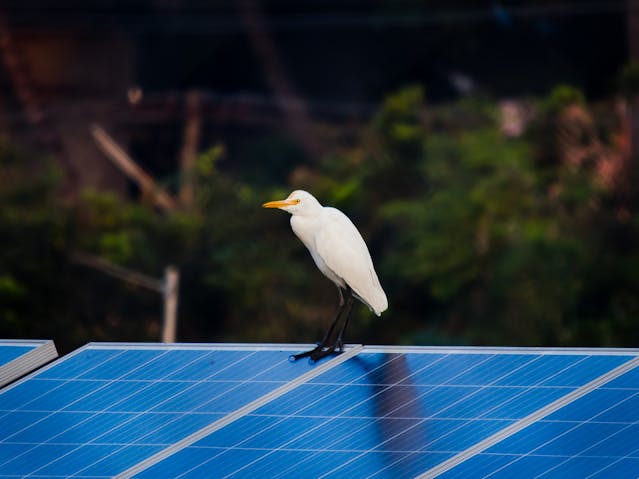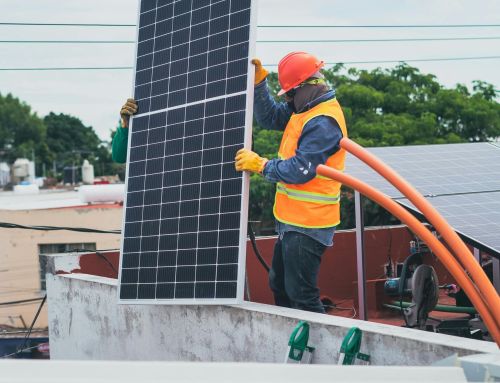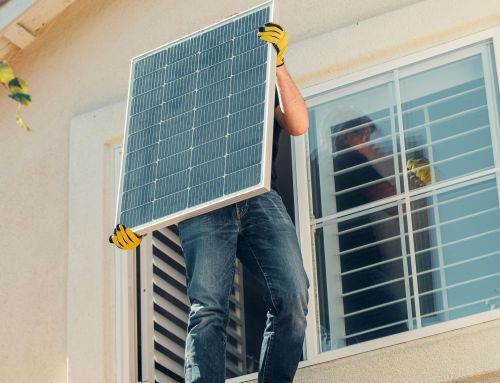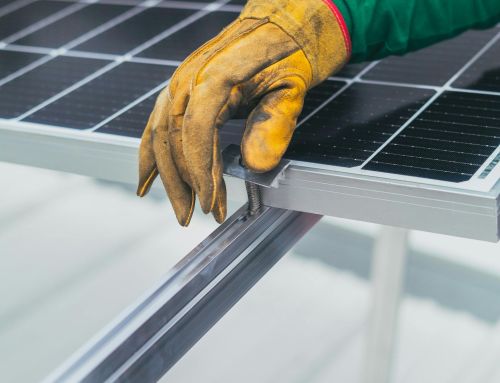So you’ve decided to leverage the power of the sun and install solar panels on your roof. Brilliant! But before you get the toolbox out, a crucial question arises – what are the tips for solar panel placement to maximize their efficiency? Fear not! This guide will show you the exact path to optimal panel placement, ensuring you get the most bang for your buck (or watt, as the case may be) from your solar investment.
Sun Salutations: Understanding Solar Panel Orientation
The first step in this solar placement tango involves understanding the sun’s path across the sky. Think about it – your panels need to face the sun most of the day to capture the maximum amount of sunlight. In the Southern Hemisphere, like New Zealand, the ideal orientation is generally south.
However, perfection isn’t always achievable. Don’t fret if your roof faces slightly east or west – some energy production is still better than none! For residents of Auckland, where winter brings shorter days, maximizing sun exposure becomes even more important.
Shady Characters: Minimizing Shading
Imagine a large tree casting a shadow over your panels throughout the day – not exactly ideal for optimal sun capture. What are the tips for solar panel placement when it comes to shading? Here’s the key – minimize it! Trees, chimneys, or even neighbouring buildings can all block sunlight from reaching your panels.
Consider trimming foliage or strategically placing panels on unshaded sections of your roof. Remember, even a small amount of shade can significantly impact your solar energy production.
Rooftop Real Estate: Optimizing Panel Tilt

Now, let’s talk about the angle at which your panels “greet” the sun. What are the tips for solar panel placement in terms of tilt? The ideal angle depends on your location. In New Zealand, the optimal tilt angle generally ranges from 30 to 45 degrees, allowing you to capture the sun’s rays year-round.
However, consulting a solar professional for a site-specific analysis is always recommended. They can consider factors like your roof pitch and local weather patterns to determine the perfect tilt for maximum efficiency.
Beyond the Basics: Advanced Considerations for Placement
While the basics are crucial, let’s delve deeper into some advanced considerations for solar panel placement:
Row Spacing
The space between rows of panels plays a role in capturing sunlight. Too close, and one row can shade the other. Too far apart, and you might be underutilizing your valuable roof space. Solar professionals can advise on the optimal spacing for your specific setup, ensuring your panels work together for maximum efficiency.
Module-Level Power Electronics (MLPE)
These are smart devices that can optimize the performance of individual solar panels. For example, if one panel is shaded by a tree branch, MLPE can ensure the rest of the system doesn’t suffer a drop in output. While not essential for every system, MLPE can be beneficial in situations with potential shading issues.
SunRoof Solar Panel Options
Did you know there are different types of solar panels available? SunRoof solar panels, for instance, integrate seamlessly with your existing roof tiles, creating a sleek and aesthetically pleasing look. While aesthetics are important, what are the tips for solar panel placement in terms of efficiency? Consider factors like panel type and efficiency ratings when choosing panels that offer the best performance for your roof and your needs.
Maximizing Your Sunshine Harvest: Beyond Placement
Remember, solar panel placement is just one piece of the puzzle for maximizing your solar energy production. Here are some additional tips to consider:

Keep Your Panels Clean
Dirt, dust, and bird droppings can all reduce solar panel efficiency by blocking sunlight from reaching the cells. Regular cleaning, especially after periods of heavy rain or dust storms, is essential. Depending on your location and environmental conditions, you may need to clean your panels as often as once a month or even weekly.
Monitor Your System
Solar monitoring systems allow you to track your energy production, identify any potential issues with your panels or system performance, and optimize your system’s output. These systems can also provide valuable data for troubleshooting and maintenance purposes.
Consider Battery Storage
Battery storage systems can be beneficial for storing excess solar energy generated during the day for use at night or during peak demand periods. This can help reduce your reliance on the grid and potentially lower your electricity bills. However, battery storage systems can be a significant upfront investment, so it’s important to weigh the costs and benefits before making a decision.
By following these tips in addition to optimizing your solar panel layout, you can significantly increase the efficiency and productivity of your solar system.
A Brighter Future: Partnering for Optimal Solar Performance
Unveiling the best tips for solar panel placement requires careful planning and expertise. Partnering with a reputable solar installer is key. They will assess your roof space, sun exposure, and energy needs to design a customized solar system layout optimized for maximum efficiency.
Here at Prolectrix, we understand the importance of maximizing your solar energy production. Our team of solar experts can guide you through every step of the process, from analysing your roof space and sun exposure to designing and installing the most efficient solar panel layout for your specific needs.
Conclusion
By carefully considering solar panel placement and following these additional tips, you can significantly increase the efficiency and productivity of your solar system. Remember, solar power is a long-term investment in a sustainable future. With proper planning and expert guidance, you can unlock the full potential of solar energy and make your way to a brighter, greener tomorrow.





